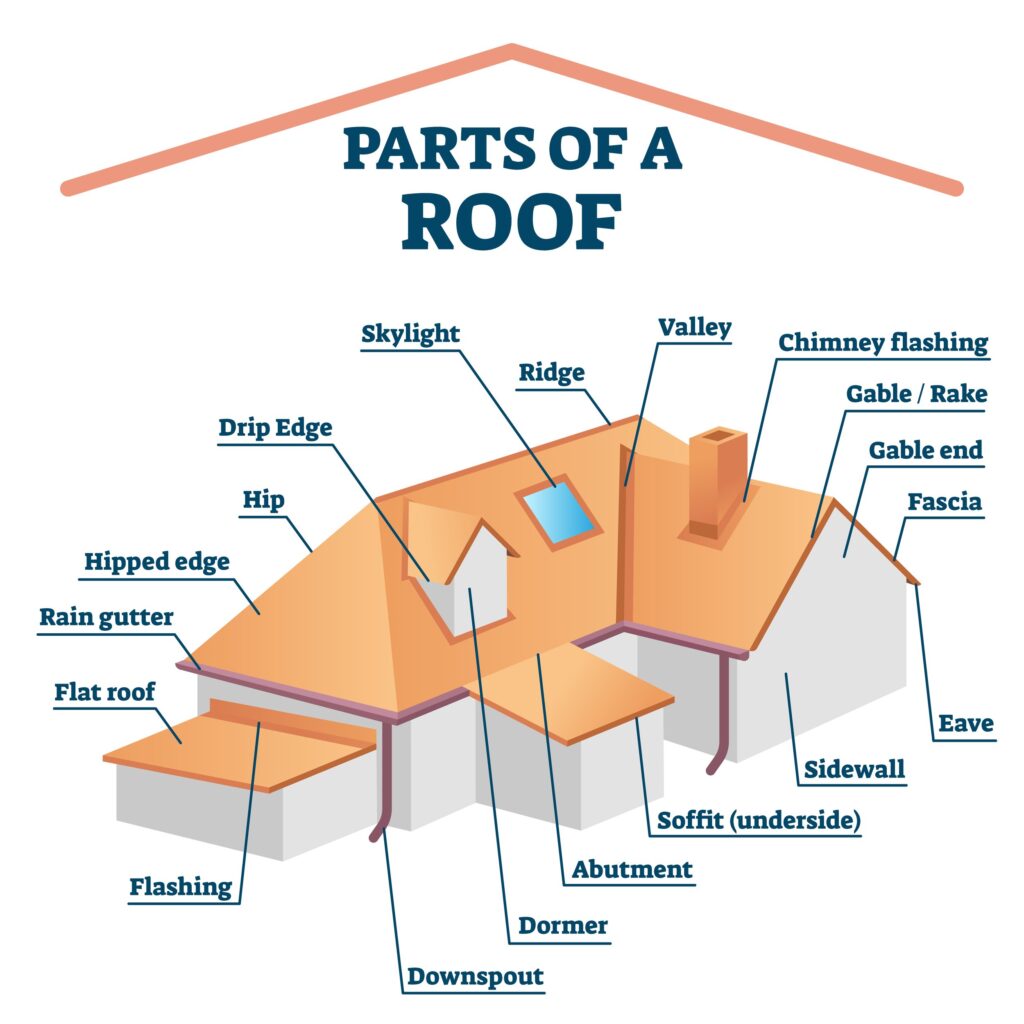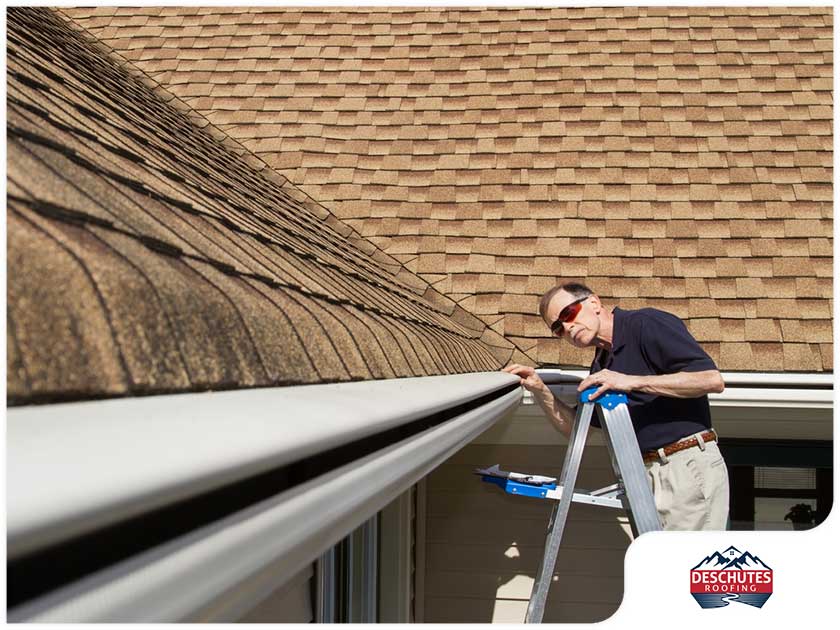Have you ever wondered what that strip of material surrounding the edges of a roof is called? It’s called the roof trim! The roof trim serves both functional and aesthetic purposes, providing a finished look to your roof while also protecting it from various elements. In this article, we will explore the importance of roof trim and discuss its various types and materials. By the end, you’ll have a better understanding of how the roof trim contributes to the overall appearance and durability of your home.
What Is The Trim Around A Roof Called?
When it comes to roofing, there is more to it than just shingles and flashing. One important element that often goes unnoticed, but plays a crucial role in both function and aesthetics, is the trim around the roof. The trim is the finishing touch that completes the look of a roof and helps protect it from various elements. In this article, we will explore the different types of roof trim, their purpose, materials used, installation and maintenance, common problems, and answer some frequently asked questions to help you better understand the importance of roof trim.


1. Overview of roof trim
The trim around a roof refers to the protective and decorative elements that are installed along the edges and corners of the roof. Its primary function is to provide a finished appearance, covering the exposed edges and creating a clean and polished look. In addition to aesthetic purposes, the trim also serves as a protective barrier against water, pests, and other potential damage.
2. Purpose of roof trim
The main purpose of roof trim is twofold: aesthetics and protection. On the aesthetic side, the trim enhances the overall appearance of the roof by giving it a finished and refined look. It adds a touch of style and elegance, making the roof visually appealing and complementing the architectural design of the building.
From a functional perspective, roof trim plays a vital role in protecting the roof from potential damage caused by various elements. It helps redirect water away from the roof’s edges, prevents moisture from seeping into the underlying structure, and reduces the risk of rot and mold growth. The trim also acts as a barrier against pests, such as birds and rodents, preventing them from accessing the attic or causing damage to the roof.
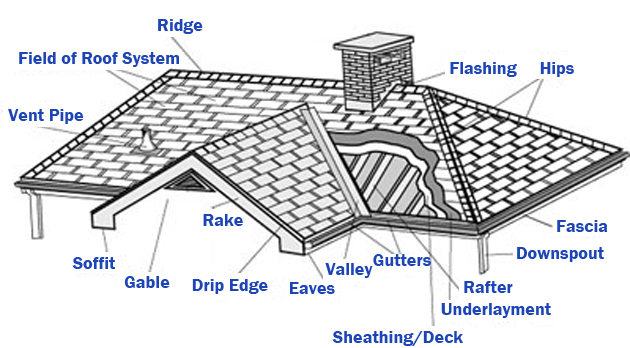

3. Different types of roof trim
There are several different types of roof trim, each serving a specific purpose and installed at different locations on the roof. Let’s explore some of the most common types:
3.1 Fascia board
The fascia board is the horizontal trim that runs along the lower edge of the roof, typically where the gutter is attached. It not only provides a smooth and cohesive transition between the roof and the exterior walls but also supports the lower edge of the shingles or tiles, offering additional protection against water damage.
3.2 Soffit
The soffit is the underside of the eaves that extends from the fascia board to the exterior wall. It can be seen when looking up at the roof from the ground. Soffits are usually made of vinyl or aluminum and have small vents that allow air to circulate, preventing moisture buildup and promoting proper ventilation in the attic.
3.3 Rake board
The rake board, also known as the gable trim, is installed on the sloping edges of the roof, where it meets the gable end wall. Its purpose is to protect the exposed edges of the roofing material from wind, water, and other weather conditions. Rake boards are often decorative and can add a touch of architectural detail to a home.
3.4 Drip edge
The drip edge is a metal strip that is installed along the roof’s edges, both on the eaves and at the gable ends. Its primary function is to direct water away from the roof and into the gutter, preventing water from seeping into the underlying structure. The drip edge also helps protect the edges of the roof decking and fascia board from moisture damage.
3.5 Ridge cap
The ridge cap is the trim placed along the ridge of the roof, where two sloping sides meet. It covers the joint between the two sides and provides an additional layer of protection against water infiltration. Ridge caps are typically made of the same material as the roofing and come in various shapes and styles to complement the overall design of the roof.
3.6 Eave trim
Eave trim, also known as eave starter strip, is a trim installed along the edge of the eaves, where the roofing material starts. It helps create a smooth and finished look, while also providing a seal that prevents water from penetrating beneath the shingles or tiles.
4. Materials used for roof trim
Roof trim can be made from various materials, depending on the desired look, durability, and budget. Some of the common materials used for roof trim include wood, vinyl, aluminum, and composite materials.
Wood trim offers a classic and natural look and can be painted or stained to match the exterior of the house. However, wood requires regular maintenance to prevent decay and is more susceptible to damage from pests and moisture.
Vinyl trim is lightweight, affordable, and virtually maintenance-free. It is resistant to pests, rot, and moisture, making it a popular choice for many homeowners. Vinyl trim also comes in a wide range of colors and styles to suit different architectural designs.
Aluminum trim is another popular option due to its durability, resistance to corrosion, and low maintenance requirements. It is lightweight, easy to install, and can be painted to match the roof or house color. Aluminum trim also offers excellent protection against water damage and pests.
Composite materials, such as fiber cement or engineered wood, offer a combination of durability, versatility, and low maintenance. These materials can mimic the look of real wood without the drawbacks and are resistant to rot, pests, and moisture.
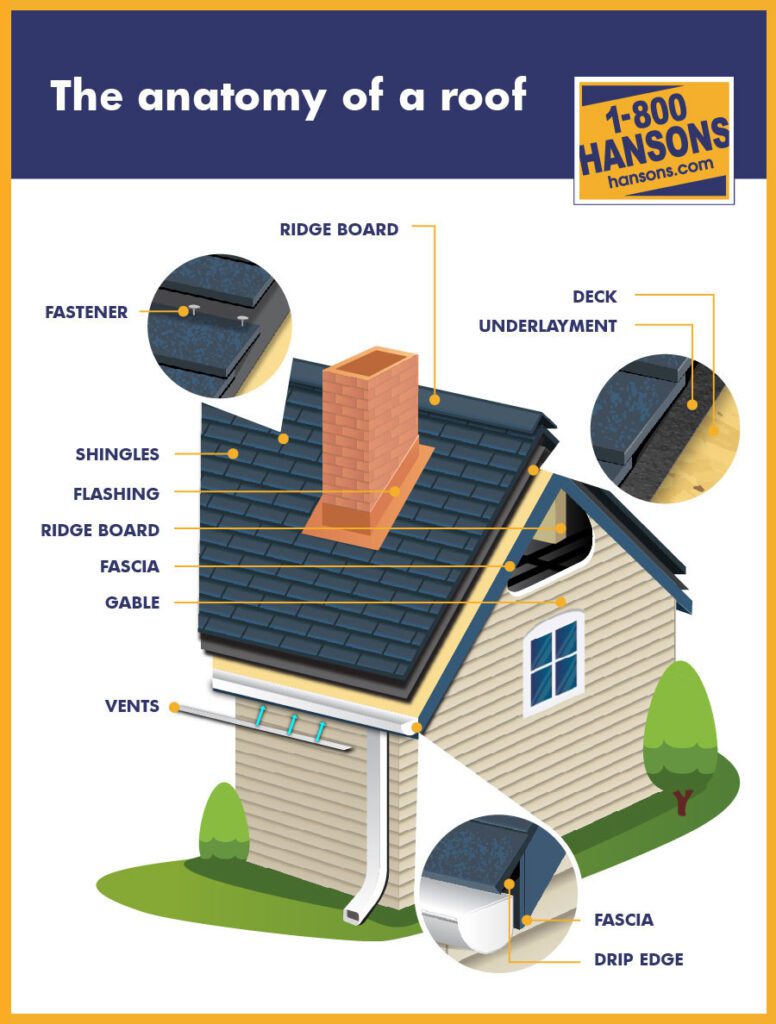

5. Importance of roof trim
The importance of roof trim cannot be overstated. Apart from enhancing the overall appearance of your home, it provides essential protection against water damage, pests, and other potential threats.
By acting as a barrier, the trim helps keep moisture out, preventing the growth of mold and rot in the roof structure. It also diverts water away from the roof’s edges, reducing the risk of water seeping into the interior of the house and causing damage to the walls, ceilings, and insulation.
Roof trim also plays a significant role in maintaining proper attic ventilation. The soffit vents, in particular, allow air to circulate, preventing the buildup of excess heat and moisture that can lead to roof damage and high energy bills.
In addition, well-maintained trim can prolong the lifespan of the roofing material. By protecting the edges and corners from excessive exposure to the elements, the trim helps prevent premature deterioration and extends the overall longevity of the roof.
6. Installation and maintenance of roof trim
Proper installation and regular maintenance of roof trim are essential to ensure its effectiveness and longevity. It is recommended to hire a professional roofing contractor for the installation, as they have the expertise and tools to do the job correctly.
During installation, the trim should be securely attached to the roof’s edges, ensuring a tight seal and proper alignment. Any gaps or loose sections should be addressed immediately to prevent water penetration and potential damage.
As for maintenance, it is important to periodically inspect the trim for any signs of damage or wear. Replace any broken or deteriorated sections promptly to maintain the trim’s functionality and appearance. Regular cleaning is also necessary to remove debris, leaves, and other materials that may accumulate and obstruct the proper function of the trim.
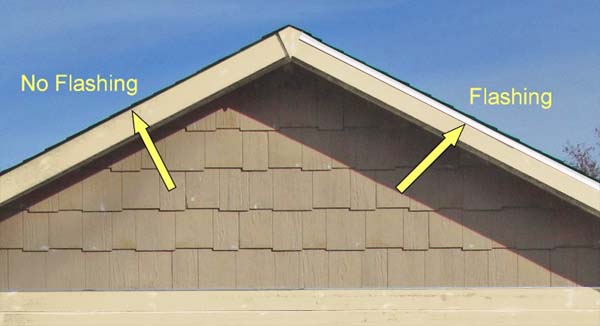

7. Common problems with roof trim
Like any other part of the roof, the trim can experience its fair share of problems. Some common issues include:
-
Rot: Wood trim is susceptible to rot, especially if not properly maintained or exposed to excessive moisture. Regular inspection and treatment can help prevent or mitigate rot issues.
-
Pest infestation: Gaps or openings in the trim can provide entry points for pests, such as birds, squirrels, or insects. Proper sealing and prompt repairs can help keep these intruders at bay.
-
Damage from weather conditions: High winds, heavy rains, or extreme temperatures can cause the trim to loosen or become damaged. Regular inspections and reinforcement can help address these issues before they lead to more significant damage.
-
Improper installation: If the trim is not installed correctly, it may fail to provide adequate protection or may not align properly with the roofing material. Hiring a qualified contractor for installation can help prevent this problem.
-
Poor maintenance: Neglecting regular cleaning and maintenance can lead to the accumulation of debris, which can block ventilation and cause the trim to deteriorate faster. Cleaning and maintenance should be performed on a regular basis to avoid these issues.
8. Frequently asked questions (FAQs) about roof trim
Q: Can I install roof trim on my roof by myself?
A: While some simpler trim installations may be suitable for DIY enthusiasts, it is generally recommended to hire a professional roofer for proper installation. They have the necessary tools and expertise to ensure a secure and precise installation.
Q: How often should I inspect and maintain my roof trim?
A: It is recommended to inspect the roof trim at least once a year, preferably during the spring or fall. Regular maintenance, such as cleaning and repairs, should be performed as needed, depending on the condition of the trim.
Q: Do I need to replace the entire trim if only a small section is damaged?
A: In most cases, only the damaged section of the trim needs to be replaced. However, it is important to ensure that the new piece matches the existing trim in terms of material, color, and style for a cohesive appearance.
Q: Are there any alternatives to wood trim that offer a similar look?
A: Yes, there are several composite materials available on the market that mimic the look of real wood trim without the drawbacks. Fiber cement and engineered wood are some examples of durable and low-maintenance alternatives.
Q: Can roof trim help conserve energy?
A: Yes, proper roof trim, particularly soffit vents, can promote proper attic ventilation, which helps regulate temperature and prevent excessive heat buildup in the attic. This can result in energy savings by reducing the strain on cooling systems in hot weather.
In conclusion, the trim around a roof serves both practical and aesthetic purposes. It adds a finishing touch to the roof, enhances its visual appeal, and protects it from moisture, pests, and other potential damage. With proper installation, regular maintenance, and the right choice of materials, roof trim can prolong the lifespan of the roof and contribute to the overall efficiency and beauty of your home.



